Dog owners frequently disregard or misdiagnose gestational issues. You might be new to dog power, thinking about getting a dog, or just want to help your dog with a tough problem. Totally understanding the chief normal canine geste issues is the activity to break and help them. You can help or better control many of these issues if you have a solid foundation in obedience training.

Canine yapping Most small kids express it somehow. They’ll do things like bark, howl, and scream. Excessive barking is thought to be a geste problem.
Figure out why your canine is expressing in any case before you attempt to stop unnecessary yelping. The most common causes of barking are responding to other children’s barks and learning to control excessive barking. Think about using dinghy or quiet commands to teach them. Maintain peace and patience. Address any underlying reasons for the dog’s barking. It demonstrates dedication and attention to detail to stop a dog from barking.
Chewing
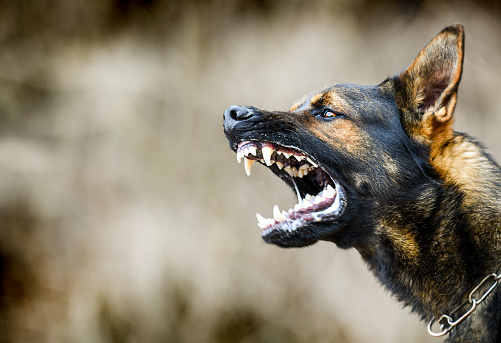
Chewing Canine biting pillow Emely/Getty Images Chewing might come naturally to all children. In fact, chewing is an important activity for many kids; It’s just a part of how their brains are wired. However, excessive chewing can quickly become a problem if your dog damages something. Pup teething Tedium or redundant energy Anxiety Curiosity (especially in puppies) are the most common causes of bites in children. Provide numerous appropriate chew toys to encourage your dog to bite on the appropriate effects. Particulars should be kept away from your dog. Keep your dog in a crate or restricted to a neighborhood where less damage is frequently caused when you are away.
Pup teething
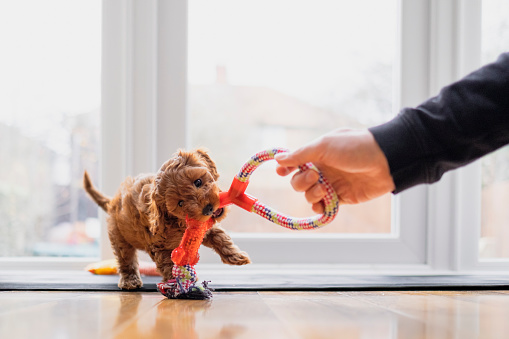
Your dog will be more likely to bite on the appropriate effects if you provide a variety of appropriate chew toys. Tedium or redundant energy Anxiety Curiosity (especially in puppies). Your dog should not be exposed to any particulars. When you are away, confine your dog to a neighborhood or a crate where less damage is frequently done.
However, if you observe your dog biting something improperly, use a sharp nose to quickly distract it. As an alternative, purchase a chew toy. One of the most important things you can do for your dog is to make sure it gets a lot of exercise so it can burn off energy and be stimulated instead of chewing.
Digging
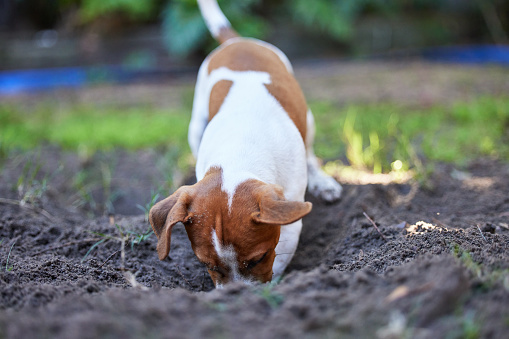
Dog digging a hole in the yard PM Images/The Image Bank/Getty Images However, the majority of children will only dig a little; It all comes down to instinct when given the chance. Terriers, for example, are more likely to dig than other dog breeds because of their history of being stalked. The majority of kids typically dig for these reasons.
It can become very annoying if your dog likes to get into your yard. To escape or gain access to a neighborhood, identify and exclude the source of the digging. Tedium or redundant energy Anxiety or sweat Hunting instinct Comfort-seeking (such as nesting or cooling off) Desire to cover objects (such as toys or bones). Improve your dog’s exercise, spend more quality time together, and work on redundant training. However, if digging seems inevitable, provide your dog with a neighborhood that resembles a sandbox where he or she can freely dig. Make it a priority to instruct your dog to only dig in this location.
Separation Anxiety
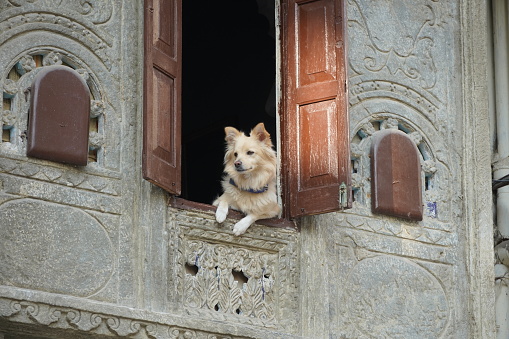
Separation anxiety is one of the most common problems that dogs experience. Communication, biting, unhappy urination and defecation, and other feather-destroying behaviors can occur when a dog is separated from its owner. However, not all of these behaviors are caused by separation anxiety. True signs of separation anxiety include the dog becoming anxious as its owner gets ready to leave.
Fraud occurs within the first 15 to 45 blinks after the owner leaves.
The dog wants to always be with its owner.
When circumstances permit, the dog tries to get in touch with its owner.
For true separation anxiety to be treated, desensitization exercises and treatment for gestational anxiety are essential. The medication might also be recommended in extreme cases.
Unhappy Elimination
accident involving dog feces Image courtesy of Andrew Bret Wallis and Getty Images Unhappy urination and feces are among the dog behaviors that are the most frustrating. They will cause damage to areas of your home and make your dogs feel unwelcome when they are in private areas or at other people’s homes. Discussing this pregnancy with your veterinarian is absolutely necessary to rule out health issues. However, in the absence of a medical cause, try to determine the guest’s cause, which may be as straightforward as any one of the following. Urination that is amenable or excited Territorial marking.
Anxiety
Unsatisfactory elimination is necessary for puppies, especially before 12 weeks of development. Aged children are a different story. Numerous children require serious treatment to break the habit once it has become hardwired.
Soliciting
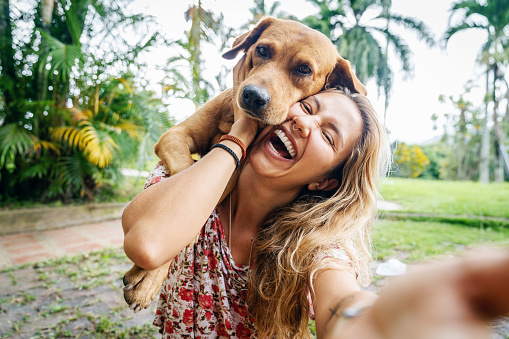
Print of Dog Watching Food Soliciting Although it is a bad habit, many dog owners actually encourage it. This will result in rotundity and digestive issues.3 Kids sup because they love food. Still, food is not adored and table scraps are not treated well. Although resisting that craving looks difficult, giving in “just this once” ultimately results in drag. If you taught your dog that it is okay to solicit money, you were sending the wrong message.
Before you sit down to eat, tell your dog to go to its spot, not where it will be ready to stare at you. However, move your dog to a different room if necessary. However, if it behaves, only after you and your family have finished eating should you give it a special treat.
Chasing
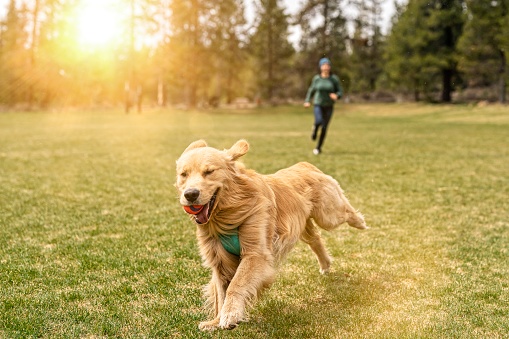
Canine ball chases Anda Stavri Photography/Getty Images A dog’s desire to chase moving objects is simply a demonstration of raptorial instinct. Numerous toddlers will run after other animals, people, and buses. All of those things have the potential to result in dangerous and disastrous situations. Even though you won’t be ready to stop your dog from trying to chase you, you will find a way to stop a disaster.
Keep your dog inside or on a leash as much as possible (unless it is directly supervised outside).
When you call, get your dog to come back.
Keep a whoosh or other noisemaker nearby to pique your dog’s interest.
Keep your fear in check and anticipate implicit triggers like runners.
Your stylish chance of success is to prevent the chase from spiraling out of control. Dedicated training will teach your dog to initially focus on you before fleeing over the course of his life.
Bouncing UpKids hopping on the owner
Bouncing up might be a typical and normal gesture in kids. When they succeed, puppies exclaim and salute their mothers. Later, when they talk to other people, they will jump up. Kids can also jump up when they are agitated or looking for something in their hands. A dog that jumps is often annoying and even dangerous.
There are various styles to help a canine leap, yet not all will find lasting success. In some cases, raising a knee, grabbing the canine’s paws, or pushing the canine down may increase the risk, but this sends the wrong message—except for most young children. Since jumping up is typically an attention-seeking gesture, any acknowledgment of your dog’s behavior provides a brief reward and reinforces the jumping.
The elegant method is to effortlessly wince down and ignore your dog. If necessary, quit. Do not look at, talk to, or touch your dog. proceed with your activities. Give him a calm award when he stops moving and relaxes. It won’t be long before your dog understands what you’re saying.
Smelling
Smelling Children suck and nip for a variety of reasons, the majority of which are unintentional. Puppies explore the environment by sucking and nipping. Mama tykes teach their pups not to suck too hard and punish them when necessary. The puppies gain suck inhibition as a result. By continuing to exhibit bite inhibition, possessors frequently got to demonstrate to their puppies that biting and mouthing are unacceptable behaviors.
Tykes may suck for a variety of reasons outside of pup gestation. The provocation to suck or snap is not always about being aggressive. A dog can snap, nip, or suck for a variety of reasons.
Fear
Fear can cause any dog to suck if the circumstances in the dog’s mind call for it. Through proper training, socialization, and breeding, possessors and breeders can help reduce a dog’s propensity to suck.
Aggression
Aggression AaronLam/Getty Images Growling, snarling, showing teeth, submerging, and smell is all signs of canine aggression. It is essential to comprehend that any canine, regardless of breed or history, has the ability to indicate aggression. However, people who are bred from tykes with aggressive tendencies and tykes with violent or vituperative histories are significantly more likely to display aggressive gestures toward people or other tykes.
Sadly, some varieties are prohibited and categorized as “dangerous.” Still, history is more important than the strain in most cases. The terrain of a dog has a significant impact on geste. Additionally, a dog may inherit some aggressive traits regardless of strain.4 Fortunately, most experts concur that strain-specific legislation is not necessary.
The reasons a dog will suck or snap are typically original causes of aggression, but overall canine aggression may be a far more significant problem. However, if your dog exhibits aggressive tendencies, you should first talk to your warhorse about it because it could be caused by an illness. Also, get support from a trained dog behaviorist or coach. To keep others safe from aggressive children, serious precautions should be taken.





